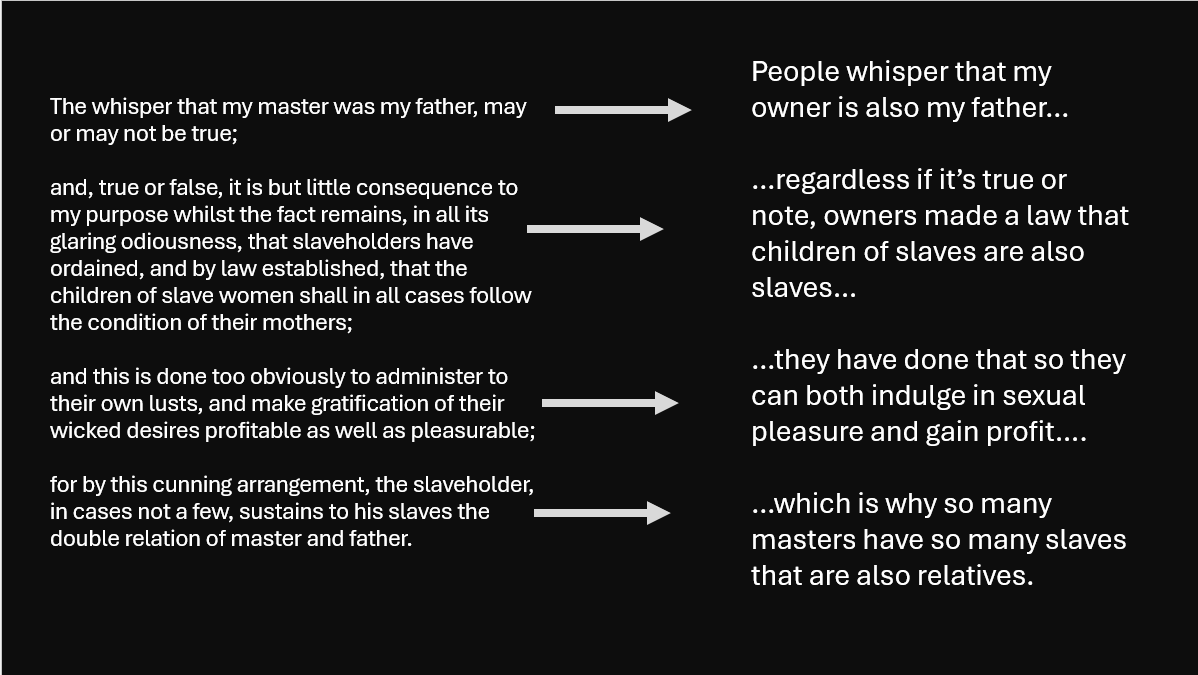Syllabus: Week 14, November 17
UNLIKE FREDERICK DOUGLASS, TROY IS NOT A HEROIC MAN. Yes, both men face American racism, the former as an escaped slave before, during, and post-Civil War, the later during Jim Crow 1950s America. And both do encounter racism in their search for freedom. Like Douglass, Troy is able to advocate for himself and advance economically. He argues that he should be allowed to work as a driver, and he in-fact gets a job as driver. But also, we see in Fences how Troy cannot escape the damage of his father’s mistreatment, how that carries over into his relationship with his sons, Cory and Lyons. This week we will begin to study the play closer, looking at Troy’s characterization, how he is a flawed (but heroic) man, one who creates a family for himself where none existed, yet still cannot quite be the nurturing father and faithful husband he intends to become. How does this man build fences around himself, emotionally and practically? And how do these fences both protect and seclude him, from harm and from growth, respectively? And what does this play say about our theme of freedom?
TUESDAY
Overview of the day, and 20-minutes of independent reading.
Returning to our discussion of Gabriel and the mistreatment of WWII veterans.
Watching the film version of I.ii-iv.
HW: Read II.i, pages 59-72 (that’s thirteen pages…you can do it!)
WEDNESDAY
10 minutes of independent reading.
With a partner, re-reading aloud II.i, and then working on a study guide for that same scene.
HW: Read II.ii and iii for class on Friday.
FRIDAY
20 minutes of independent reading.
Reading II.iv in class together.
Returning to the film version of the play.
HW: If you are behind in your annotations in the play—keeping notes on Troy, his struggle for freedom and the role fences play in his life—re-do these over break. Have a great Thanksgiving!





